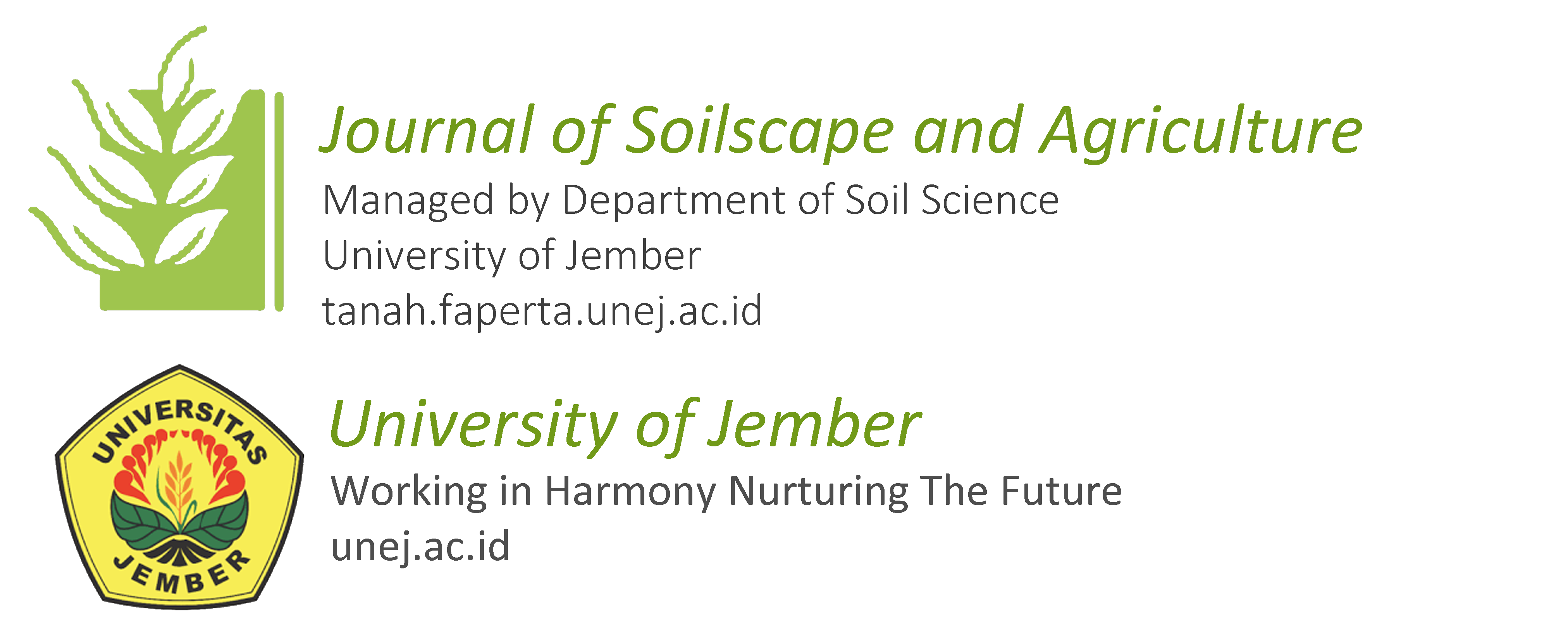A Carbon Footprint Analysis of Household Activities and CO2 Reduction Efforts in Pondambea Village, Kadia District, Kendari City
DOI:
https://doi.org/10.19184/jsa.v1i1.124Keywords:
Carbon footprint, Houshold activities, Pondambea villageAbstract
The increase in population causes an effect on increasing CO2 production, especially from the household energy sector. The increase in the concentration of CO2 in the atmosphere is the main trigger for climate change and the effects of greenhouse gases. Indications of the occurrence of this phenomenon can be seen from the increase in air temperature and the formation of an urban heat island in Kendari City in the last 10 years. This study aims to determine the amount of CO₂ emissions from household activities and the absorption of CO2 gas from tree species in Pondambea Village, Kadia District, Kendari City. The method used is a quantitative technique to calculate primary and secondary CO2 emissions. The results show that the total CO2 emission in Pondambea Village is 424.22 tons/month. Meanwhile, the carbon absorption capacity of tree species in Pondambea Village is 421.15 tons/month, so that the remaining carbon emissions are 3.07 tons/month. Therefore, to maintain emission absorption and create zero emission in Pondambea Village, this study recommends maintaining the number of existing trees and adding at least 6 glodokan pole trees or at least 5 king palm trees
Downloads
Published
How to Cite
Issue
Section
License
Copyright (c) 2022 Journal of Soilscape and Agriculture

This work is licensed under a Creative Commons Attribution 4.0 International License.



